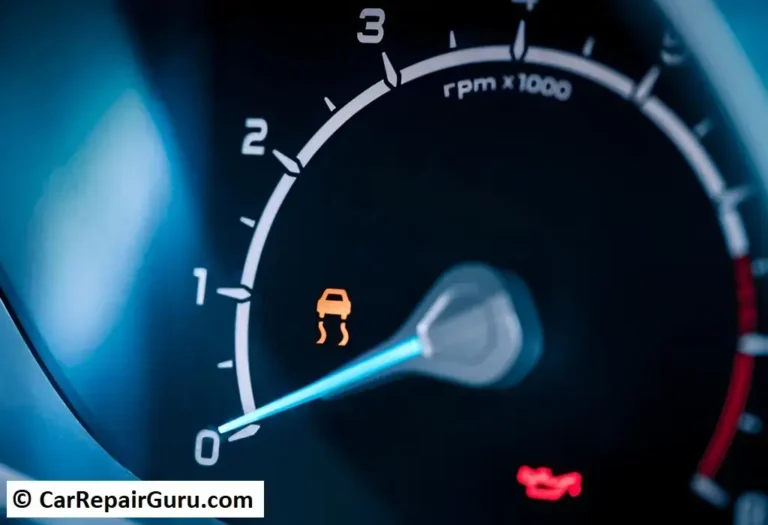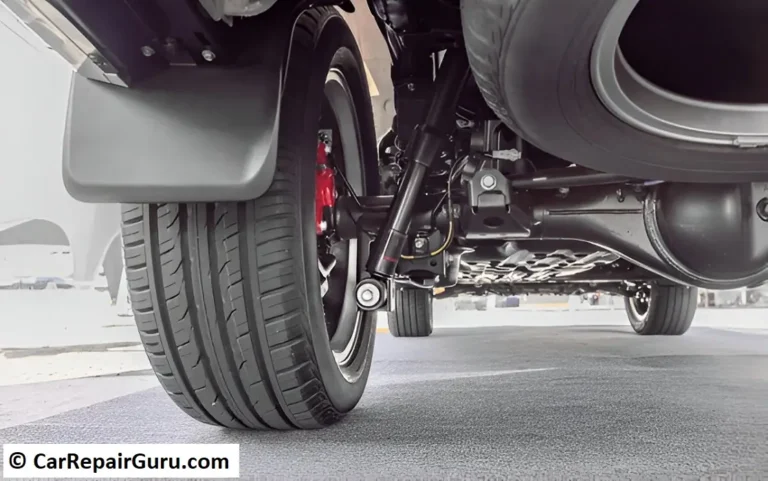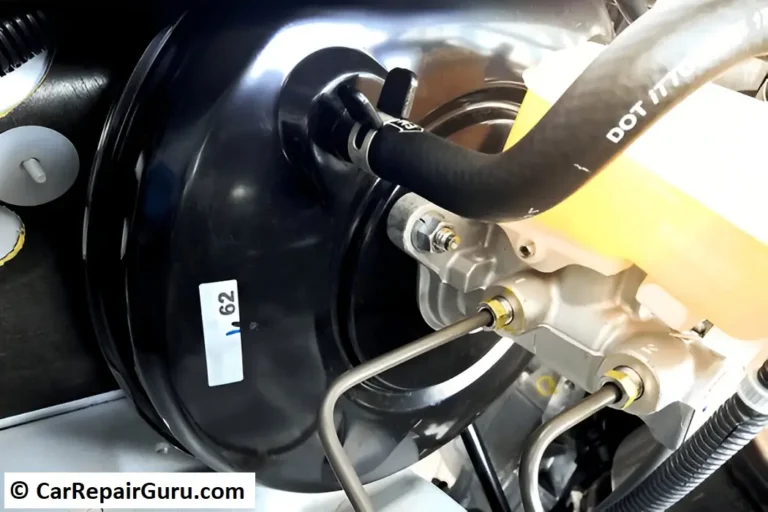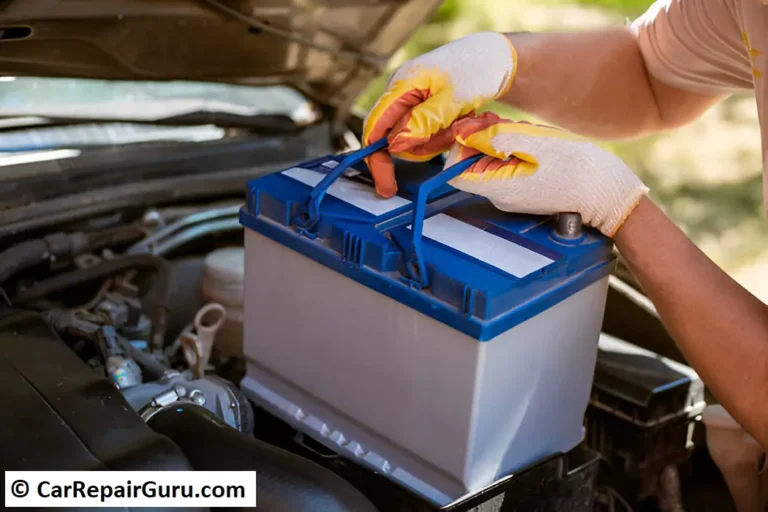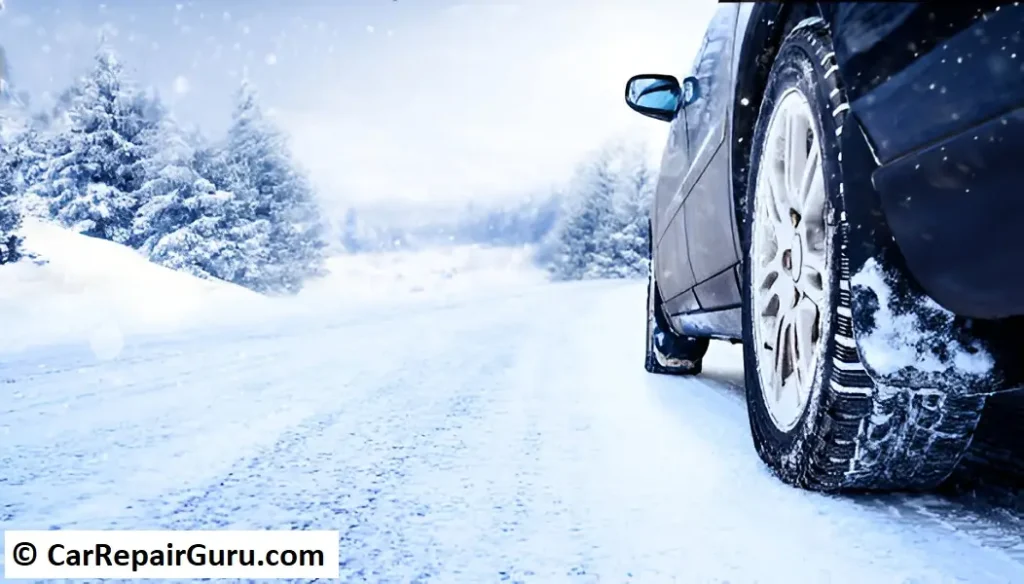
Driving safely in snow requires more than just common sense—it demands a clear understanding of the unique challenges posed by icy conditions. Snow and ice drastically reduce tire traction, making sudden movements like braking or accelerating hazardous. Statistics show that winter weather contributes to a significant percentage of accidents annually, especially in areas unaccustomed to heavy snow.
Visibility can also be compromised during snowstorms, with falling flakes and icy windshields obstructing your view. Black ice, nearly invisible on the road, is another silent hazard that often surprises even experienced drivers. In these conditions, standard driving habits must be adjusted to maintain control and reduce risks.
Understanding these challenges is the first step to ensuring your safety on snow-covered roads. With preparation and careful driving, you can mitigate the risks and navigate winter roads with confidence.
10 Essential Tips for Driving Safely in Snow
1. Reduce Speed and Drive Smoothly
Snow and ice significantly reduce traction, making speed control critical. Slow down to a safe pace that allows you to react to sudden changes in road conditions. Smooth, steady movements—whether accelerating, braking, or turning—help maintain control and reduce the risk of skids. Avoid sudden jerks of the steering wheel, which can cause your tires to lose grip. Driving at a reduced speed also gives you more time to assess hazards like black ice or unexpected obstacles.
2. Maintain a Safe Following Distance
In snowy conditions, it’s vital to leave extra space between you and the car in front. The rule of thumb is to double or triple your usual following distance to allow enough room to stop if needed. On icy roads, braking takes longer, and the increased distance can prevent rear-end collisions. A larger gap also ensures you’re not caught off guard by sudden movements of other drivers.
3. Use Winter Tires for Better Traction
Winter tires are specially designed to handle cold temperatures and snowy roads. Their deeper tread patterns and softer rubber provide better grip compared to all-season tires. If you live in an area with heavy snowfall, investing in winter tires can significantly improve safety and control during the colder months.
4. Avoid Sudden Braking or Accelerating
Abrupt movements can cause your tires to lose grip, leading to dangerous skids. When stopping, apply your brakes gently and gradually to avoid locking the wheels. Similarly, accelerate slowly to maintain control and avoid spinning your tires. Smoothness is key to maintaining stability on icy surfaces, especially when navigating curves or intersections.
5. Know How to Handle Skids
If your car begins to skid, stay calm and avoid slamming the brakes. Instead, ease off the accelerator and steer in the direction you want the car to go. For rear-wheel skids, gently steer into the skid; for front-wheel skids, release the gas and let the car regain traction before steering.
6. Keep Your Car Winter-Ready
Preparation is essential for safe winter driving. Ensure your car is equipped with properly inflated tires, functioning wipers, and sufficient antifreeze. Keep the gas tank at least half full to prevent freezing in the fuel line. Stock your vehicle with essentials like a scraper, blankets, and emergency supplies.
7. Avoid Distractions While Drivin
Snowy weather demands full attention. Avoid using your phone, adjusting the radio, or multitasking while driving. Staying focused can help you anticipate hazards and respond effectively to changing road conditions.
8. Never Use Cruise Control
Cruise control can be dangerous on icy roads as it limits your ability to adjust to slippery conditions. Instead, stay in control by manually managing your speed to adapt to sudden changes in road traction or traffic patterns.
9. Be Cautious Around Snowplow
Maintain a safe distance from snowplows to avoid flying snow and debris. Snowplow drivers have limited visibility, and their vehicles often create slippery patches. Passing them is risky, so it’s safer to follow at a controlled speed.
10. Prepare for Emergencies
Always carry an emergency kit with items like a flashlight, first-aid supplies, and sand or cat litter for traction. Being prepared ensures safety if you’re stranded in severe conditions.
How to Prepare Your Car for Snowy Roads
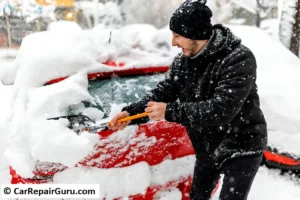
Preparing your car for snowy roads is critical for safe winter driving. Extreme weather can challenge even the best drivers, but a well-prepared vehicle minimizes risks and ensures smooth travels.
1. Equip Winter Tires:
Winter tires offer superior traction in snow and ice. Ensure they’re properly inflated, as cold weather can reduce tire pressure. Check tread depth regularly to maintain grip on slippery roads.
2. Check Your Windshield Wipers:
Visibility is vital during snowstorms. Install winter wipers designed to handle ice and snow buildup, and fill your windshield washer reservoir with a winter-grade fluid that won’t freeze in sub-zero temperatures.
3. Inspect the Battery:
Cold temperatures can weaken your car battery. Test its charge and replace it if it’s more than three years old or showing signs of wear.
4. Keep Fluids Topped Off:
Ensure your car has sufficient antifreeze and that your oil is suited for cold-weather performance. Frozen fluids can lead to breakdowns.
5. Pack an Emergency Kit:
Carry essentials like blankets, a flashlight, a snow shovel, jumper cables, and traction aids like sand or cat litter. Also, include non-perishable snacks and water in case you’re stranded.
A proactive approach keeps you safe and prepared for unpredictable winter conditions.
Common Mistakes to Avoid When Driving in Snow

Winter driving can be tricky, and avoiding common mistakes can make the difference between a safe trip and an accident. One frequent error is overconfidence with four-wheel or all-wheel drive (4WD/AWD). While these systems improve traction during acceleration, they don’t assist with braking or turning, leading some drivers to underestimate stopping distances on icy roads.
Another mistake is improper braking techniques, especially for vehicles without anti-lock brakes. Slamming the brakes on slippery surfaces can lock the wheels and cause a skid. Instead, use steady, gentle pressure on the brakes. For vehicles with ABS, apply consistent pressure and let the system do its job.
Drivers also often fail to adjust their speed to conditions, continuing at near-normal speeds despite reduced traction. Ignoring the need for slower, more controlled movements increases the likelihood of accidents.
Finally, neglecting to clear snow and ice from the car can lead to visibility issues or cause chunks of ice to fly off, endangering other drivers.
By staying cautious and aware, you can avoid these pitfalls and ensure safer winter travels.
Conclusion: Drive Smart, Stay Safe
Winter driving comes with unique challenges, but by staying prepared and cautious, you can navigate snowy roads with confidence. Slow down, maintain a safe following distance, and avoid sudden movements to reduce the risk of skidding. Equip your vehicle with winter tires, check critical systems like your wipers and battery, and carry an emergency kit to handle unexpected situations.
Most importantly, respect the conditions. Overconfidence in your vehicle’s features or your skills can lead to mistakes. By following these tips, you’ll not only keep yourself safe but also protect others on the road. Drive smart, and stay safe this winter!
FAQs About Driving Safely in Snow
What speed should I drive on icy roads?
Drive at half the speed limit or slower, depending on conditions. Adjust your speed to maintain traction and allow plenty of stopping time.
How do I prevent my car from skidding?
Avoid sudden braking, accelerating, or turning. Use steady inputs and maintain a consistent speed. If skidding occurs, steer gently in the desired direction.
Are winter tires necessary for driving in snow?
Yes, winter tires provide better traction, braking, and cornering on snow and ice compared to all-season tires.
What is black ice, and how can I detect it?
Black ice is a nearly invisible, slippery layer that looks like wet pavement. It often forms on bridges or shaded areas. Drive slowly and stay alert in these zones.


